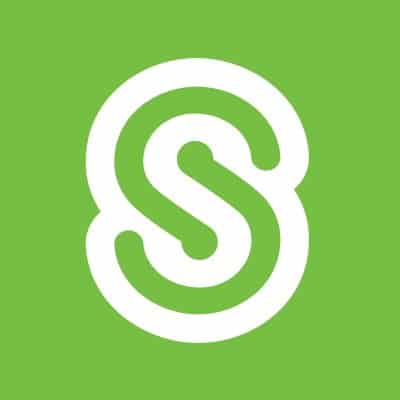
Now that your business has gone through the loan application process for the Paycheck Protection Program (PPP) loans, it's time to turn your attention to the forgiveness part of the program and how to strategize the best way to optimize it for your business.
Here are the key elements to consider as you move forward with your PPP funding:
- Employees are counted by full-time equivalents (FTE). For purposes of the PPP, an employee is considered full-time if they work 30 or more hours per week.
- At least 75% of the PPP money must be spent on payroll costs to have a chance for the total loan to be forgivable. It appears that the greater the total of employees retained, the greater the benefit is to the owner.
- Utilities covered in the PPP include electric, gas, water, telephone, and internet.
- Healthcare costs include payments for employee health benefits, including insurance premiums, are covered. As of this writing, payments for FSA, HRA, and HSA do not count for the PPP loan.
- If you are self-employed, your 2019 net income divided by 52 and multiplied by eight will count towards the loan forgiveness. We are recommending that you pay yourself a distribution, even if you need to put the money back into your account.
- The eight-week period begins the day the loan is funded and ends in 8 weeks. So, if you were funded on Friday, April 24, your eight weeks ends June 18. The expenses that qualify for forgiveness need to be incurred and paid during this period. In the above example, that business would run a payroll on June 18 to ensure it is paid during the eight weeks to be safe.
Do not forget the Economic Injury Disaster Loan (EIDL). You can have both a PPP and an EIDL. While the EIDL is not a forgivable loan, the loan terms can extend to 30 years at a 3.75% interest rate. You can spend this money on non-payroll costs such as supplies, materials, and contractors, etc.
It is essential to take into consideration the tax benefits of this loan program (the cost of the payroll is tax-deductible while the forgiveness amount is not taxable).
Also, in considering this strategy, you need to take into consideration your ability to obtain and maintain working capital during the upcoming months of uncertainty.
It is important to plan now for how you will spend the money. Please contact us and we can help you determine how to proceed.
Need more help? Check out: How to Maximize Your PPP Loan Forgiveness.







Comments 2
are the notes available from the Zoom meeting Tuesday 4/28
Hi Bill, Here are the questions and answers from Tuesday’s Maryland Tech Council ZoomCast. Does that help?